Blink twice, and Yemen’s all-but-forgotten war — news of which is buried under grim headlines about Syria and terrorism and Middle East migrants — will be into its second year. On March 26, 2015, a coalition of Sunni Arab states led by Saudi Arabia began an air campaign designed to restore Yemen’s legitimate government and force a Shia rebel group known as the Houthis to relinquish its hold on an alarmingly large swath of Yemen’s national territory it had seized by force.
Nearly a year later, the Saudi airstrikes continue, wreaking havoc on Yemen’s already fragile infrastructure and traumatizing its civilian population. According to the United Nations, nearly 3,000 civilians have died in the conflict. A UN panel recently accused the Saudis of attacking civilians and civilian facilities and cited 119 sorties as having violated international law. In response, the Saudis announced the formation of an independent team of experts to investigate the charges, although they said nothing about exercising greater caution in their targeting. The UN’s top humanitarian official last week accused all the factions fighting in the country of attacking civilian areas.
If you think none of this affects you or the United States, think again. In December 2009, the so-called underwear bomber tried unsuccessfully to detonate explosives stitched into his shorts as the plane he was aboard approached Detroit — that young man had been dispatched by the Yemen-based Al Qaeda franchise, Al Qaeda in the Arabian Peninsula, or AQAP. Fast forward to October 2010, when authorities in the United Kingdom and the United Arab Emirates intercepted toner cartridges packed with explosives aboard a US-bound aircraft, another AQAP operation.
Unfortunately, AQAP is thriving these days, while the Saudi-led coalition focuses exclusively on defeating the Houthis, who the government in Riyadh argues are nothing more than the tip of the Iranian spear in the Arabian Peninsula, which must be blunted. Meanwhile, AQAP conducts attacks against Yemeni targets, seizes and controls territory, and presumably continues to plan more external attacks with seeming impunity, the occasional US drone strike notwithstanding.
There also are compelling humanitarian reasons for the United States to care deeply about what happens in Yemen: At present, according to UN figures, nearly 80 percent of Yemen’s population is in need of humanitarian assistance, and 2.5 million have been driven from their homes by the war and are now internally displaced.
Sadly, the United States seems more intent on reasserting allegiance to Saudi Arabia than pressing for a negotiated end to the conflict. Last month, following a meeting with foreign ministers of the Gulf Cooperation Council in Riyadh, Secretary of State John Kerry said: “In Yemen, we face the Houthi insurgency and the ongoing threat that is posed by Al Qaeda, threats to the territorial integrity of the Kingdom of Saudi Arabia, and we . . . stand with our friends in Saudi Arabia.” Not a word about the deeply destabilizing impact the Yemen war is having on the region or the humanitarian crisis Saudi airstrikes have provoked or the need for the parties to the conflict to redouble efforts to find a negotiated solution.
Of course, the United States is something more than a casual observer of the conflict in Yemen. The Obama administration has been providing material support for the Saudi airstrikes since they began, including intelligence, logistics, and munitions.
Speaking before the Council on Foreign Relations on Jan. 29, Senator Chris Murphy, a Democrat from Connecticut who is a member of the Foreign Relations Committee, sounded a note of caution regarding the risks posed to the United States by continued support for Riyadh’s war, stating: “There is growing evidence that our support for Saudi-led military coalitions in places like Yemen are prolonging human misery and aiding extremism. . . . Our government says its top priority in Yemen is defeating AQAP, arguably Al Qaeda’s deadliest franchise. But this ongoing chaos has created a security vacuum in which AQAP can thrive and expand.”
This is not to argue that the United States should sever ties to Saudi Arabia. The kingdom is a key counterterrorism partner and wields enormous influence in the Arab and Muslim world, influence we need to help shape. The Arab Gulf states, Saudi Arabia principal among them, make up an island of relative stability in an otherwise chaotic Middle East. And the truth is, it is entirely justifiable to form a coalition and launch a campaign designed to defeat the Houthi insurgency and make clear that the international community will never accept the usurpation of legitimate authority at the barrel of a gun.
But Saudi Arabia’s relentless punishment of Yemen in pursuit of this goal is baffling, because it breeds the very instability the Arab Gulf states are desperate to avoid. And given the precipitous fall in the price of crude oil, the instability is not only political but also economic, since Saudi Arabia no longer has the luxury of hemorrhaging money in support of a military campaign in Yemen that has no end in sight.
A diplomat from the region observed recently that the real Arab Spring began “when we discovered that President Obama was either unwilling or uninterested in acting in the Middle East,” because it signaled to our Arab partners that they no longer needed to check with Washington before taking measures they deemed appropriate to protect their own security.
Nearly a year ago, Saudi Arabia did just that, and the unintended consequences of its war in Yemen have made not just the region, but the world, less safe. It is not the responsibility of the United States alone to resolve this crisis, but American leadership is needed to bring it to an end. We shouldn’t mistake the absence of headlines for an absence of urgency.
This article originally appeared in The Boston Globe.
The views represented herein are the author's or speaker's own and do not necessarily reflect the views of AGSI, its staff, or its board of directors.
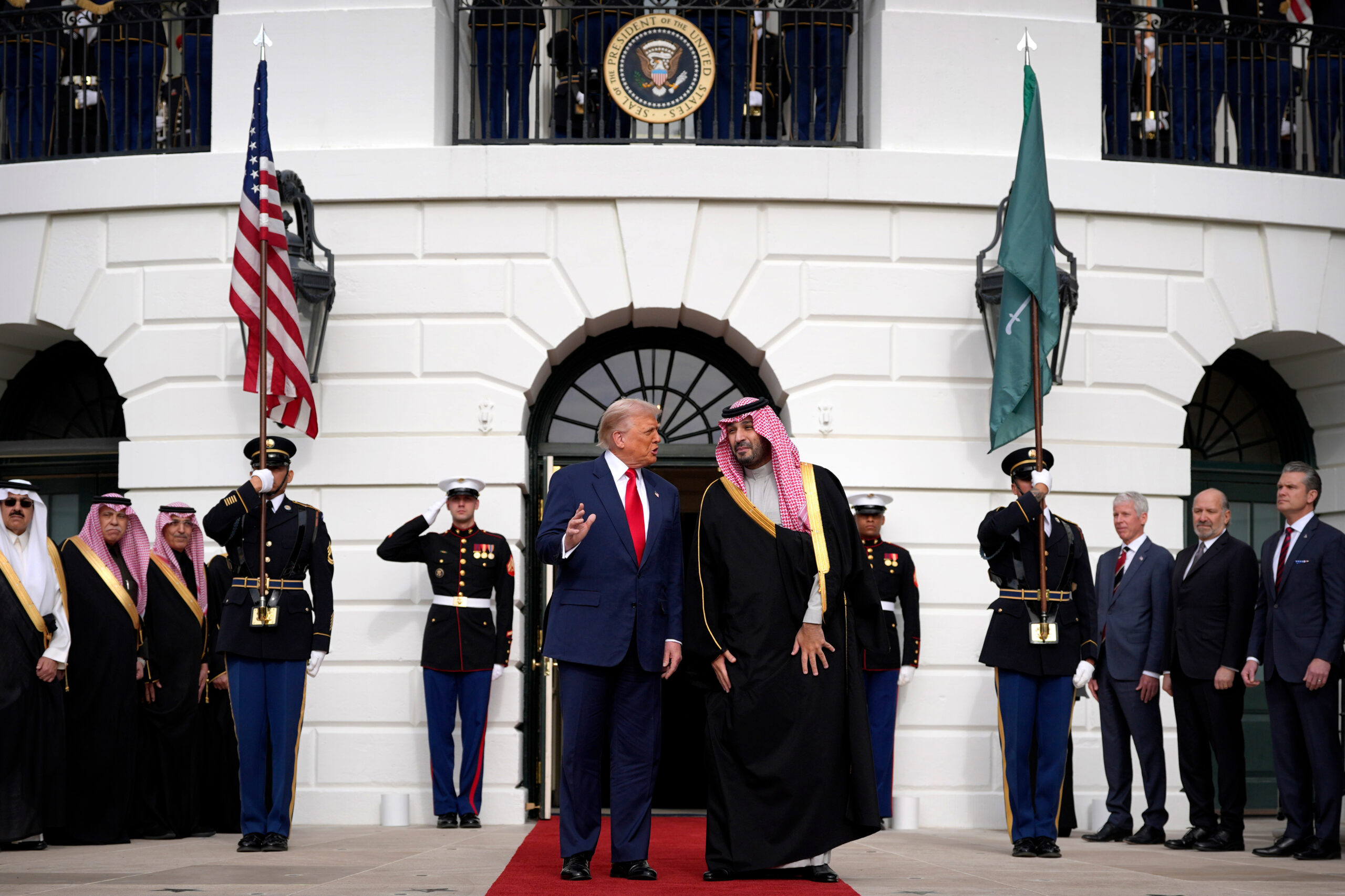

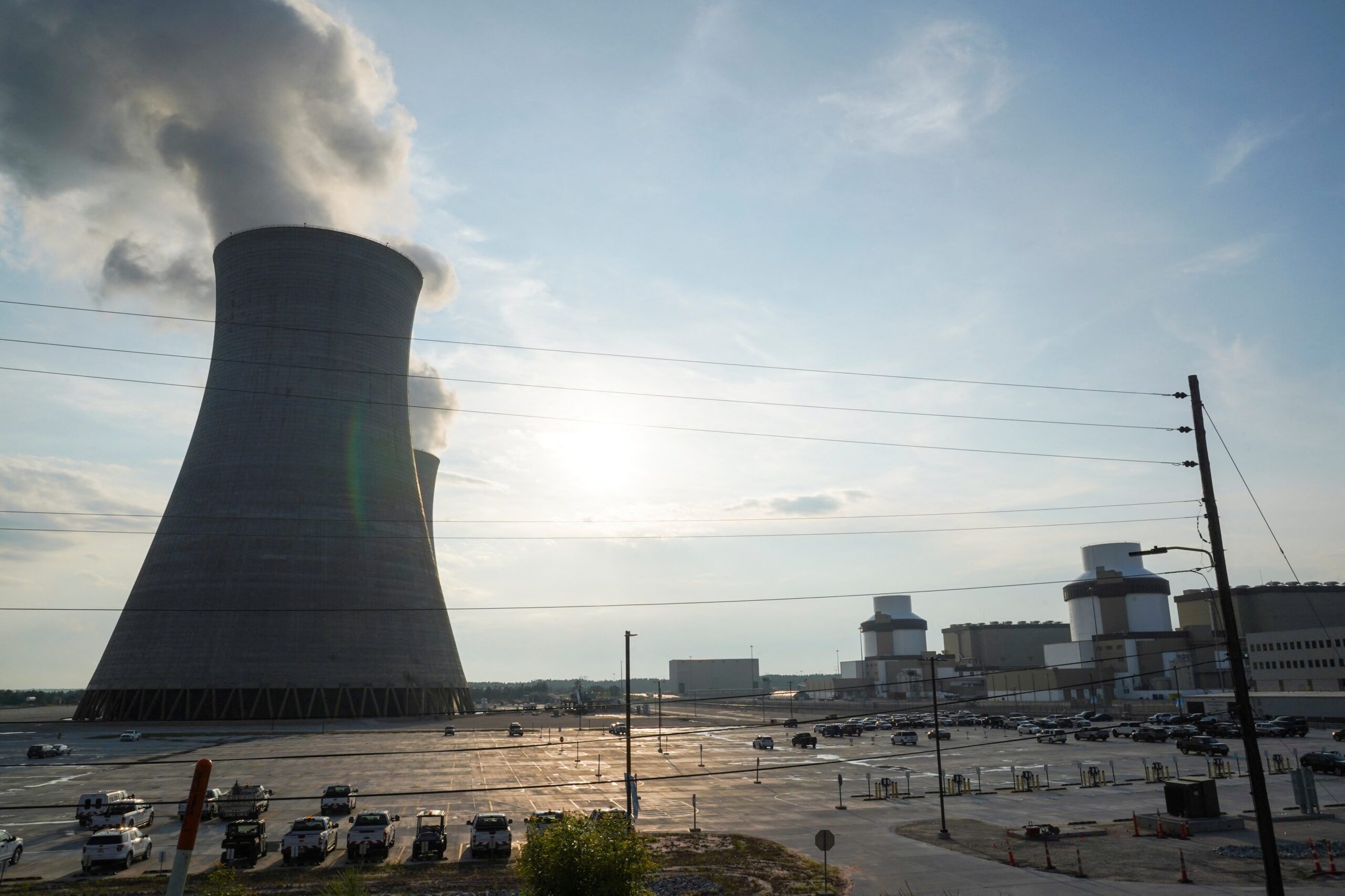



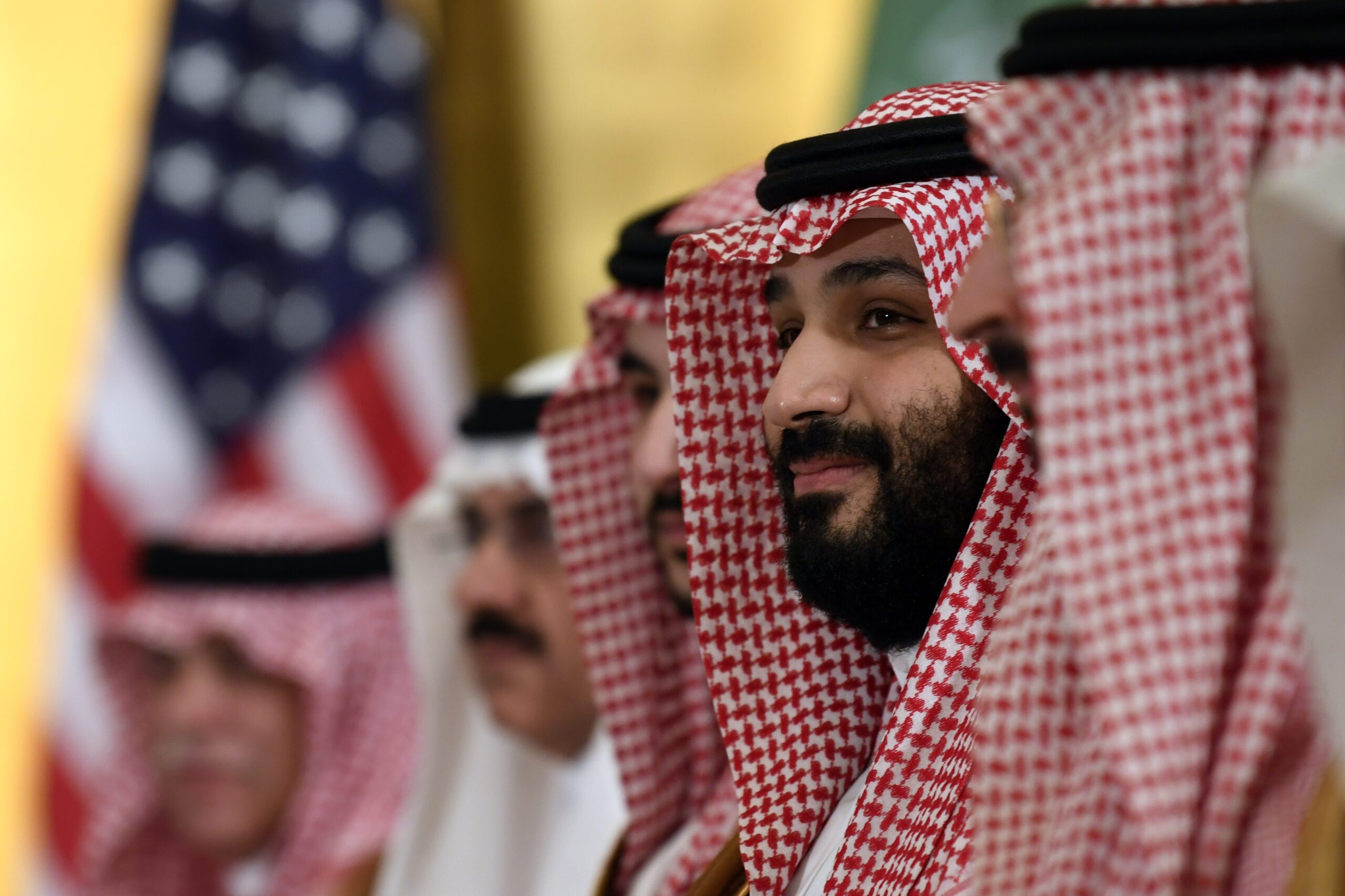
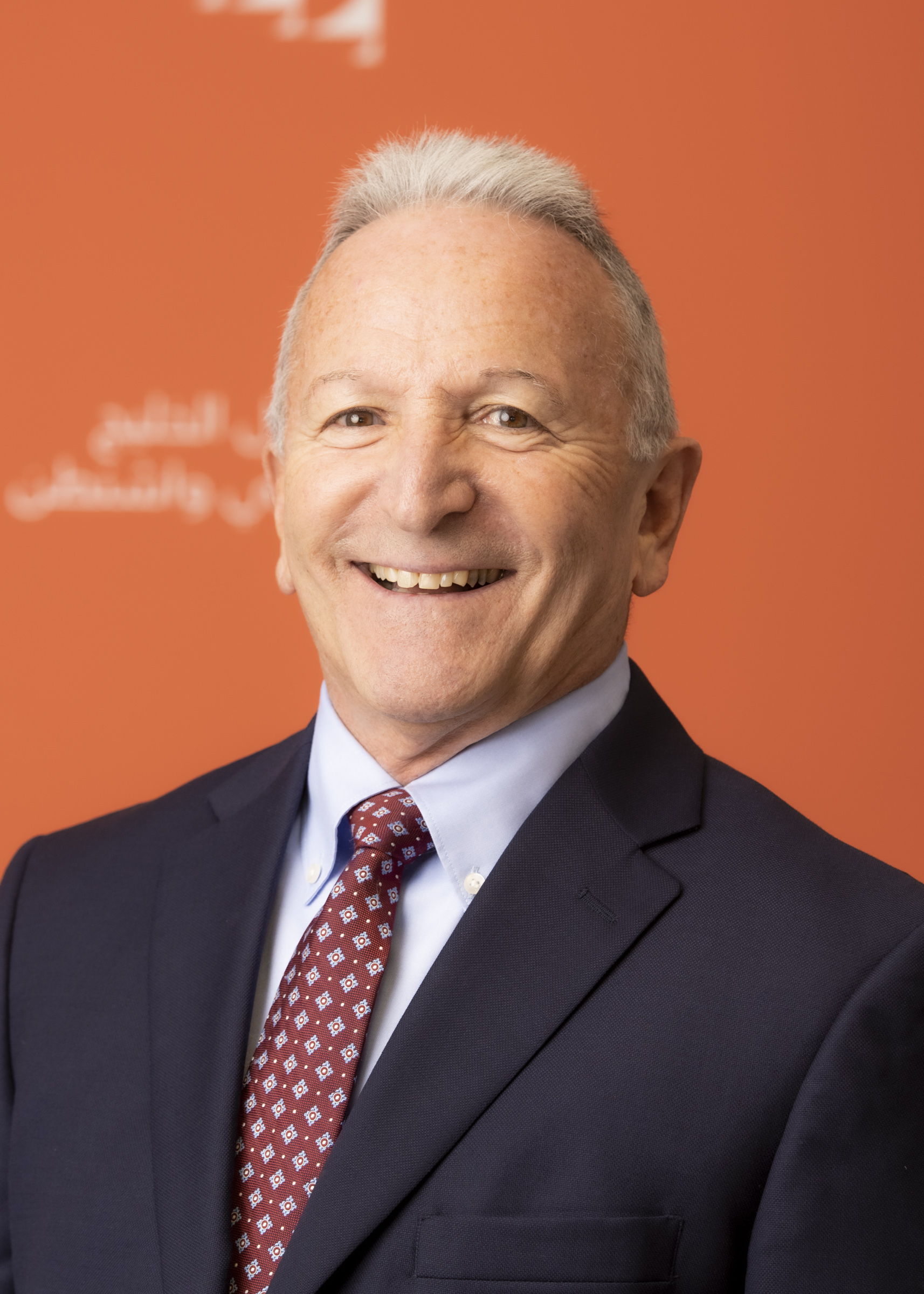
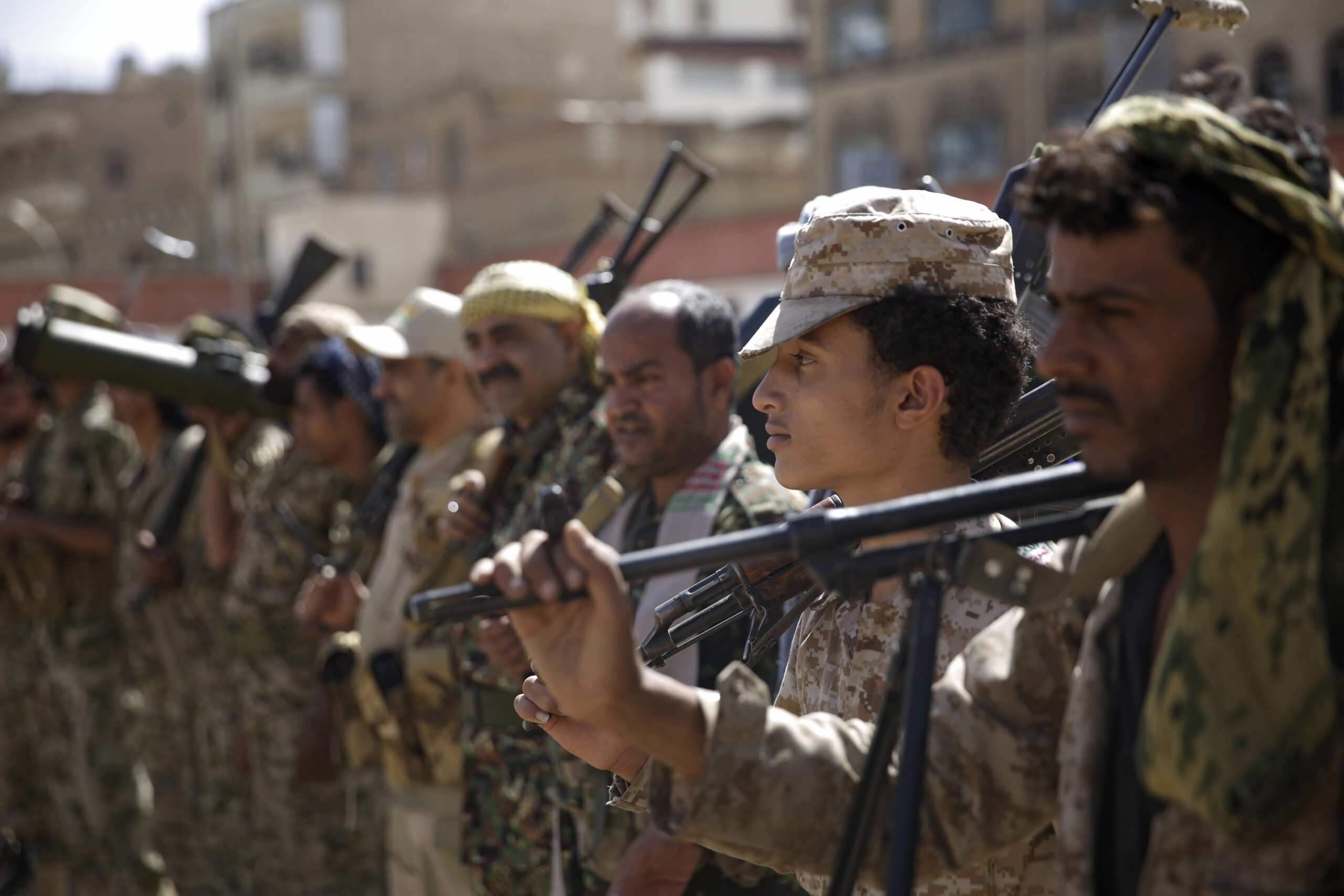
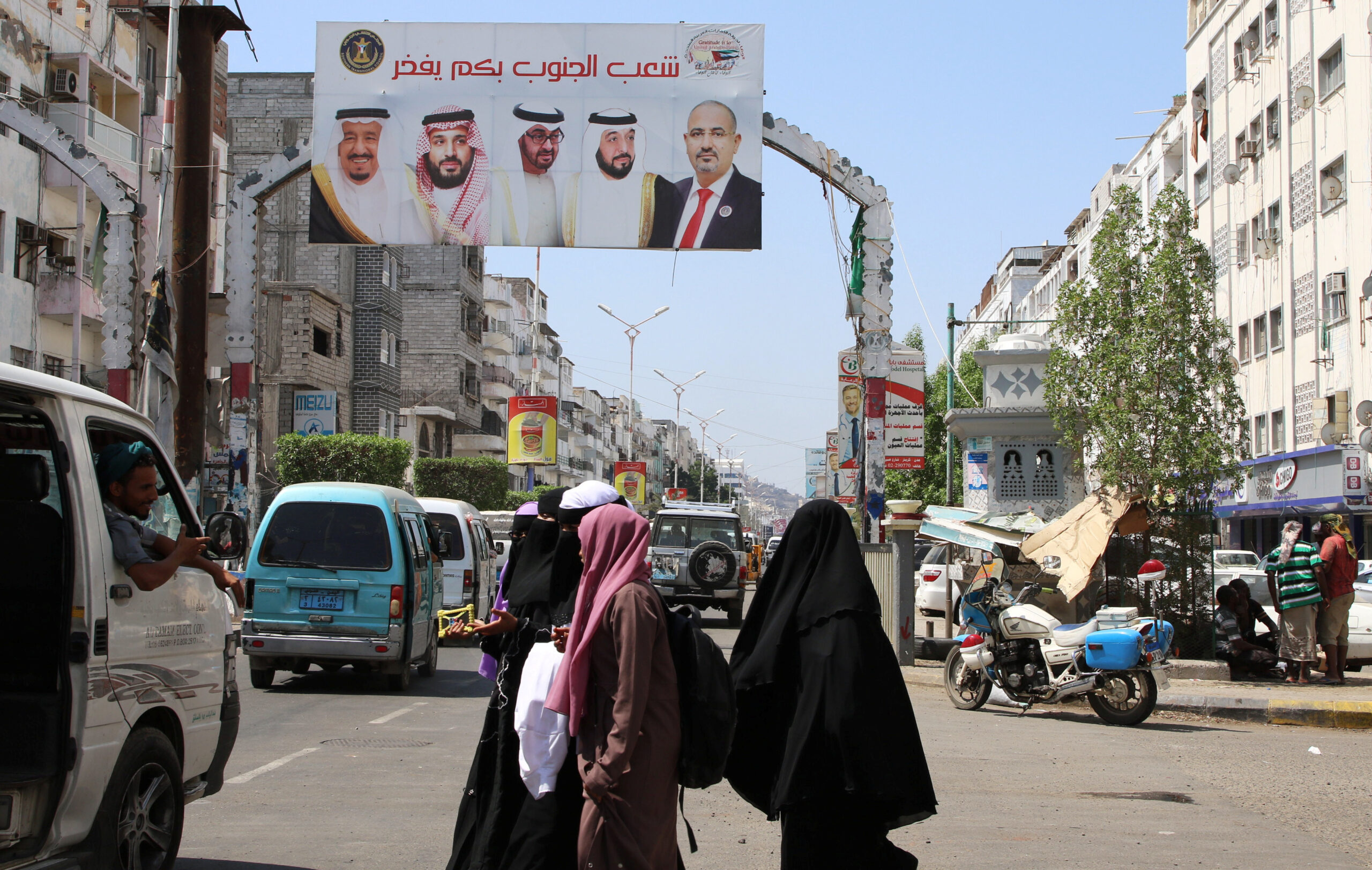
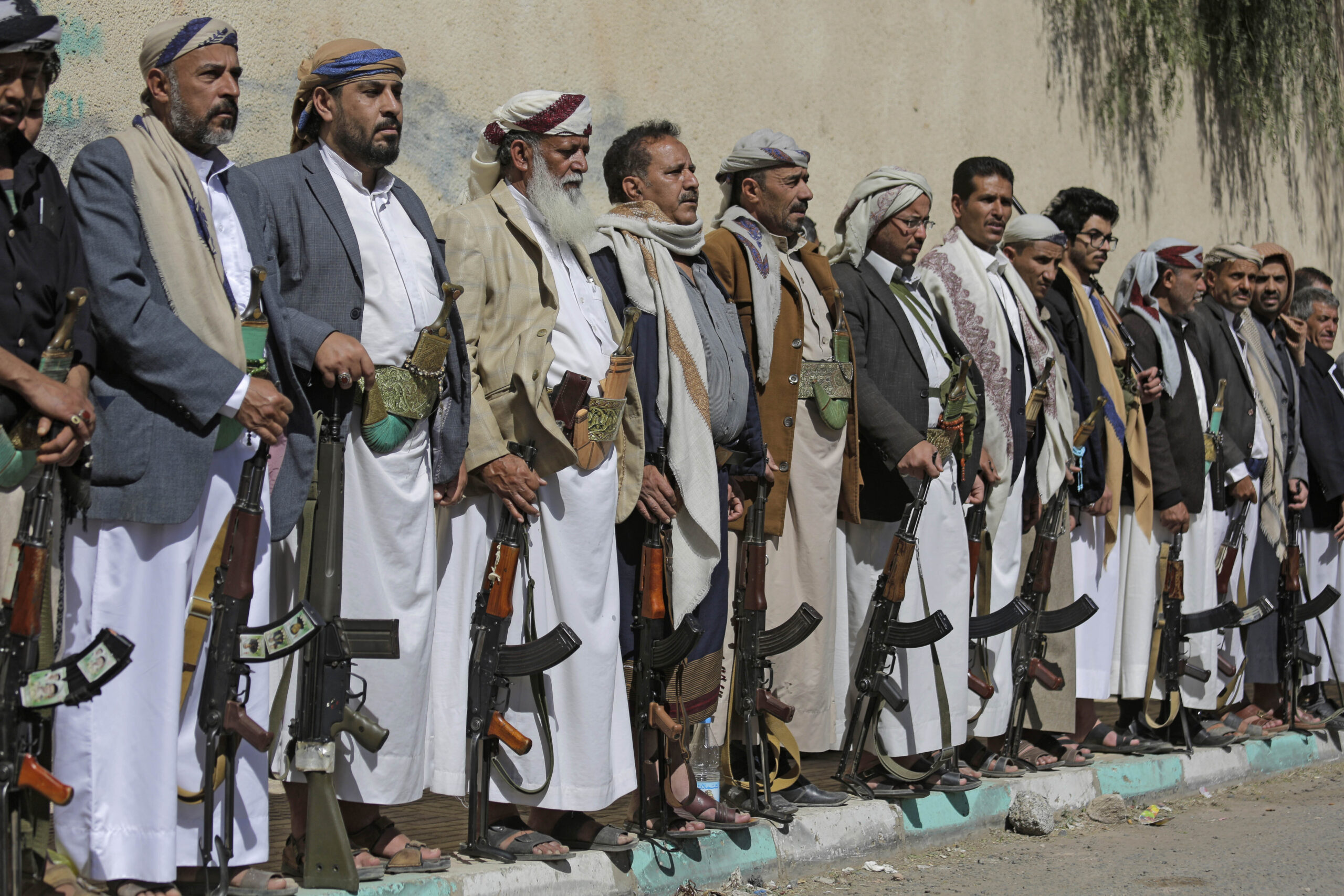

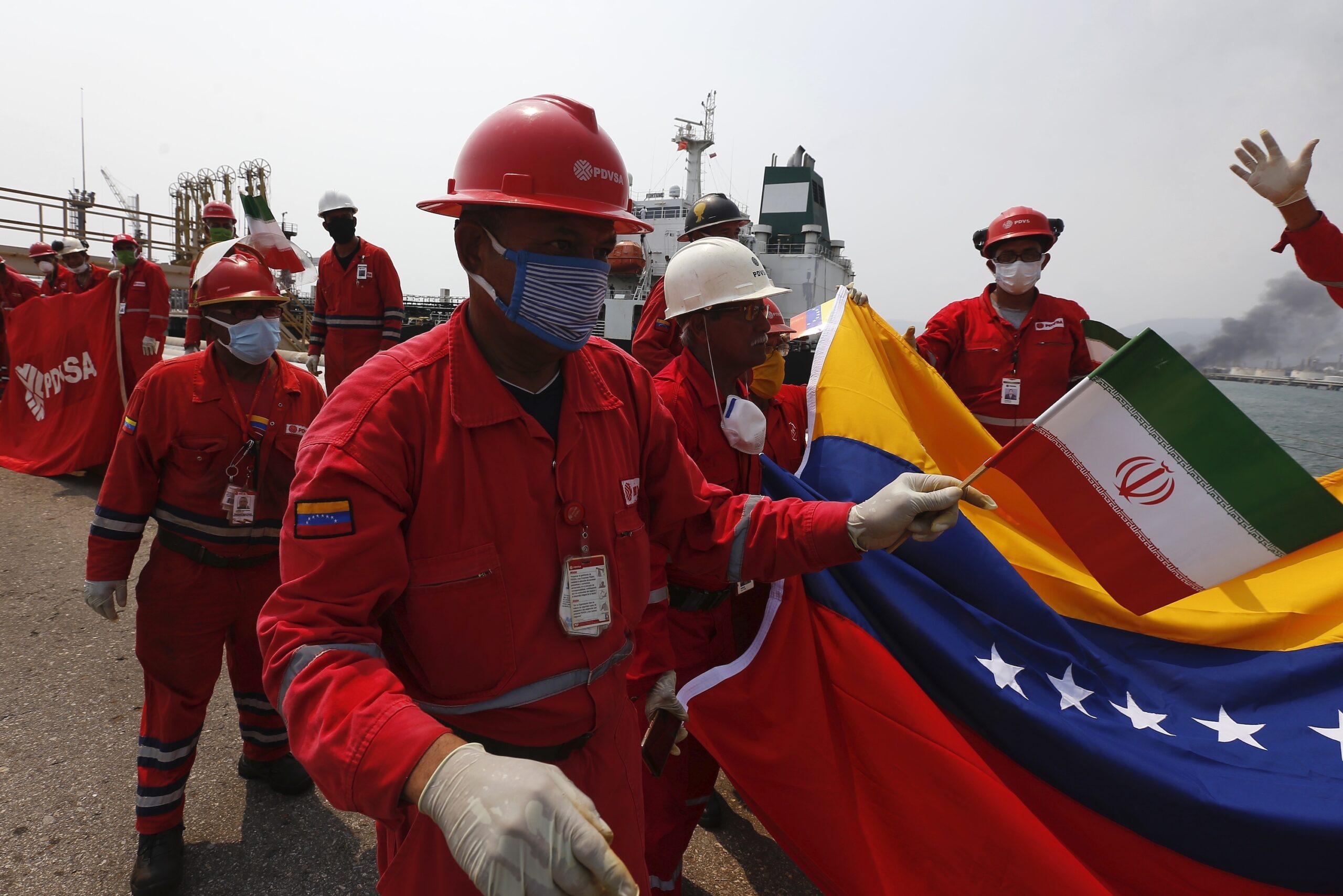
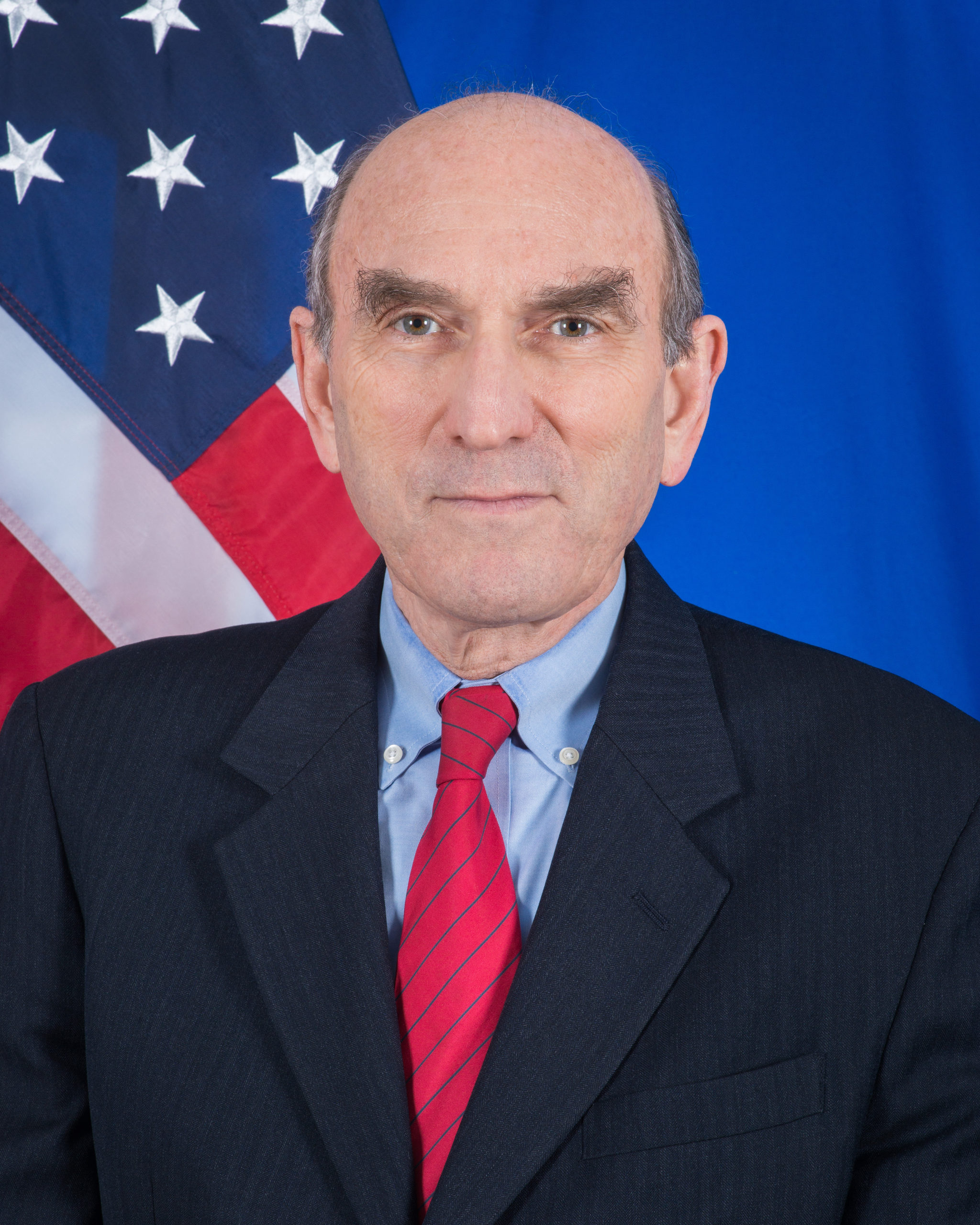
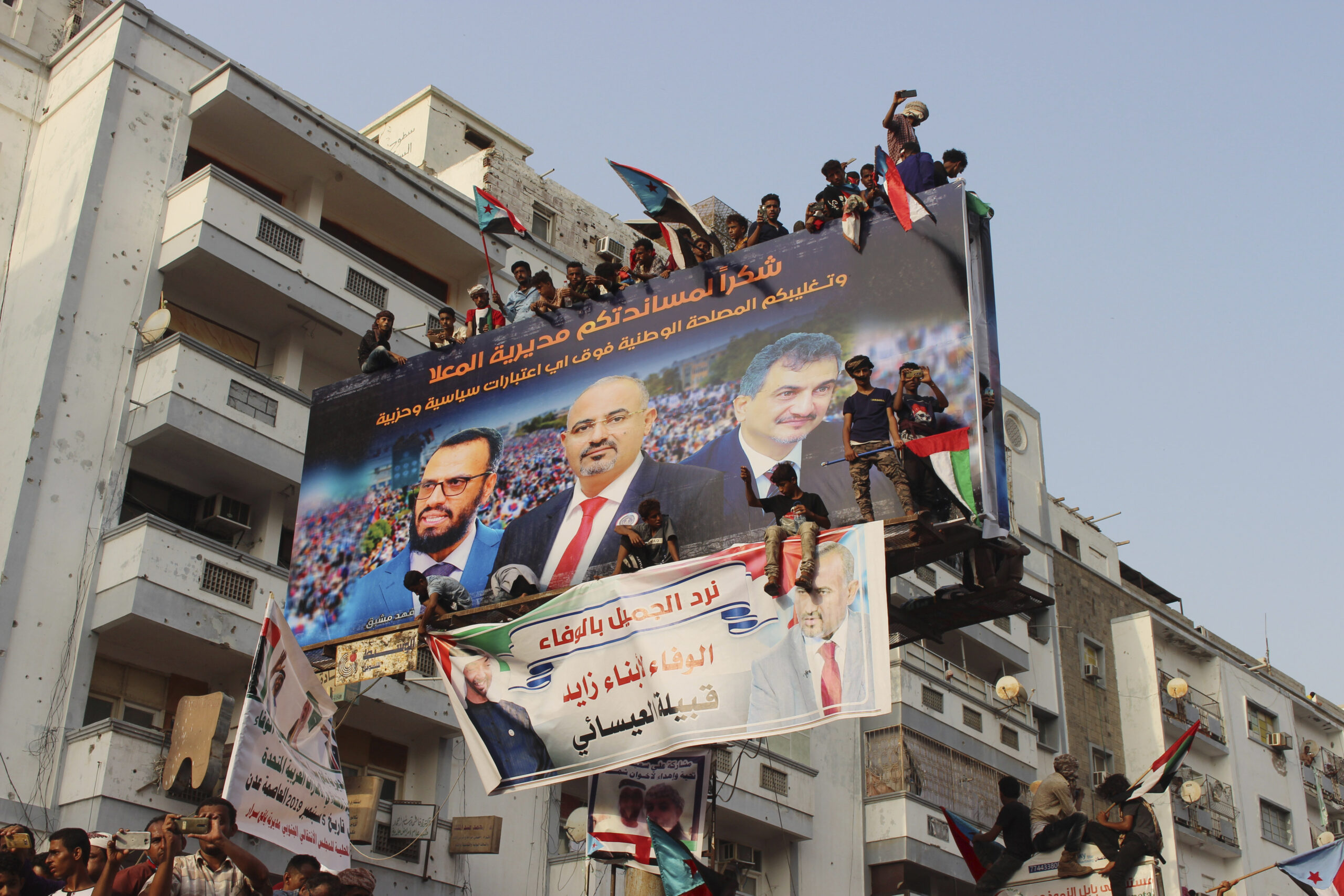
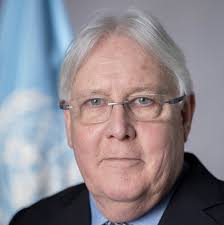

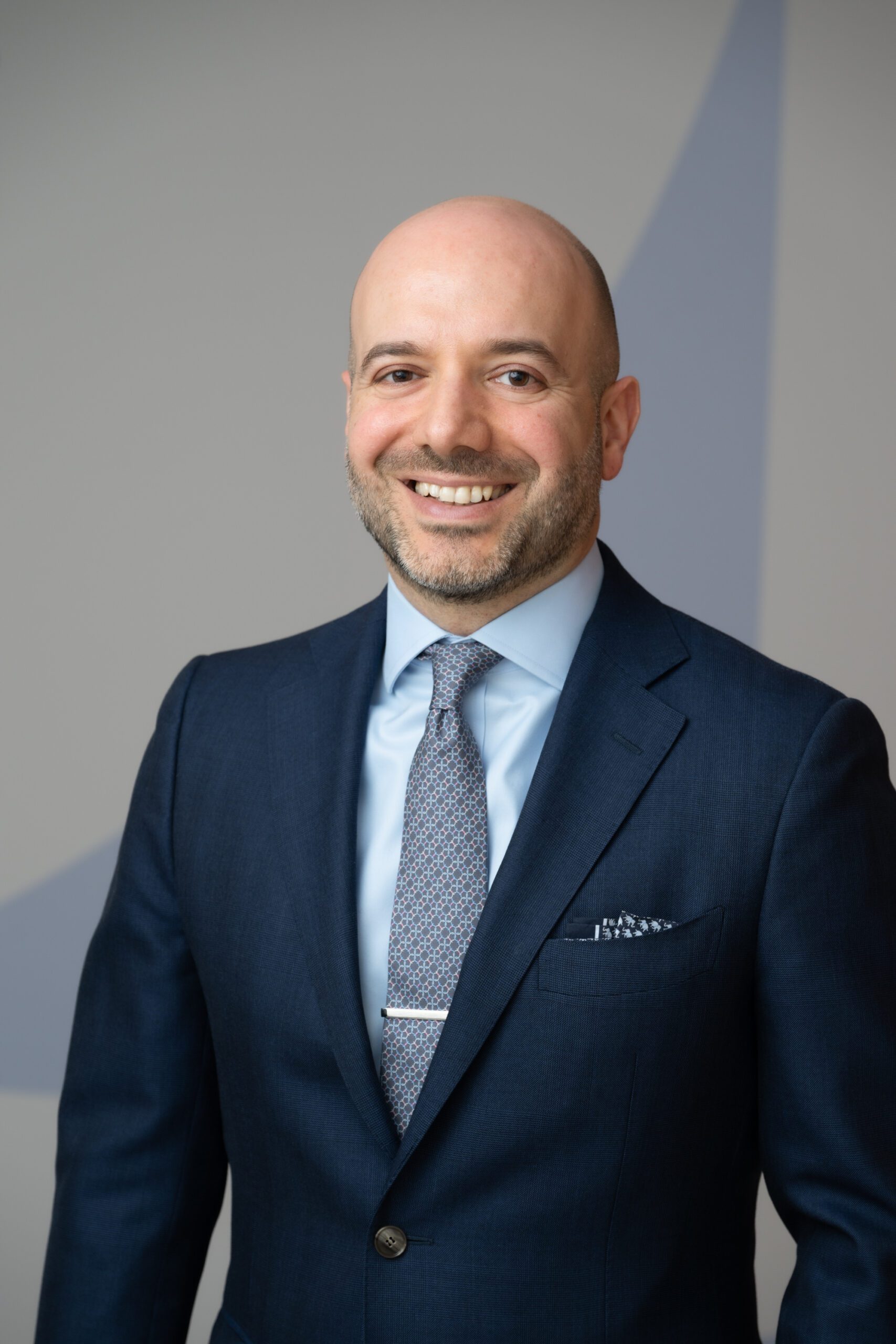


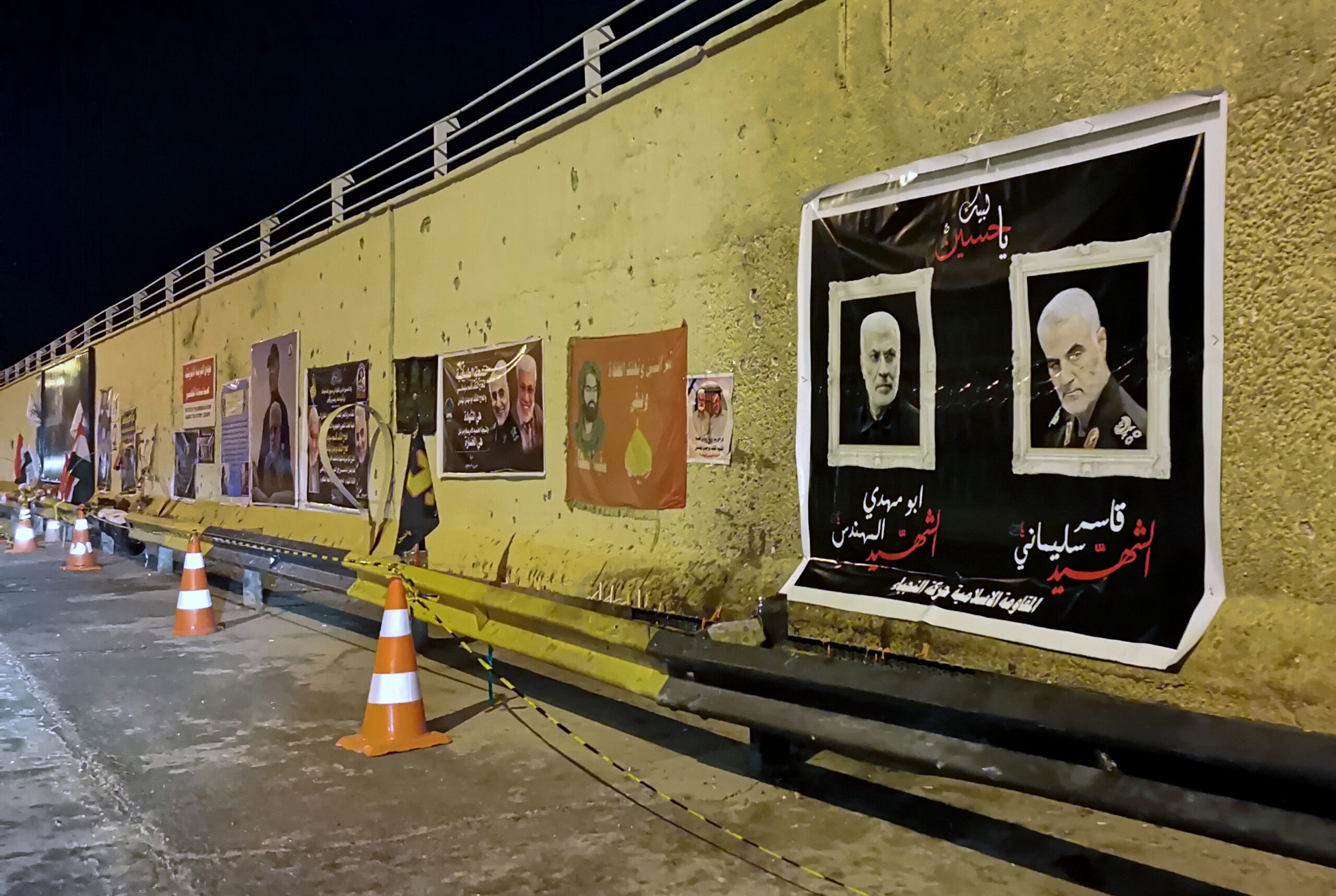



Mar 7, 2016
Yemen’s Destruction is One Cost of the U.S.-Saudi Alliance
Blink twice, and Yemen’s all-but-forgotten war — news of which is buried under grim headlines about Syria and terrorism and Middle East migrants — will be into its second year. On March 26, 2015, a coalition of Sunni Arab states led by Saudi Arabia began an air campaign designed to restore Yemen’s legitimate government and force...
5 min read